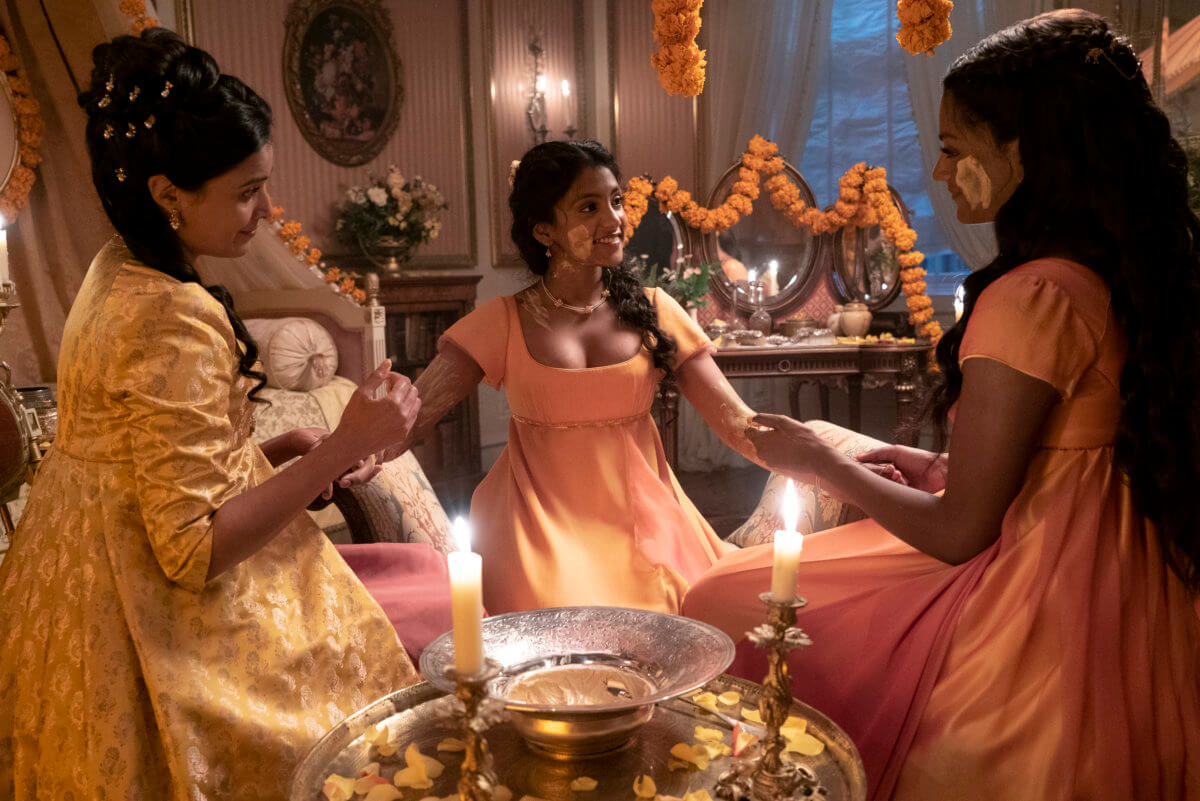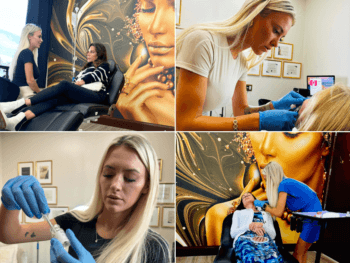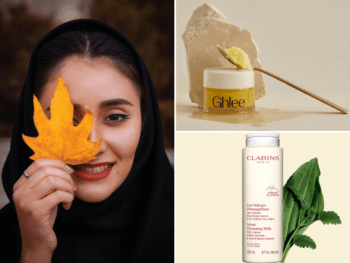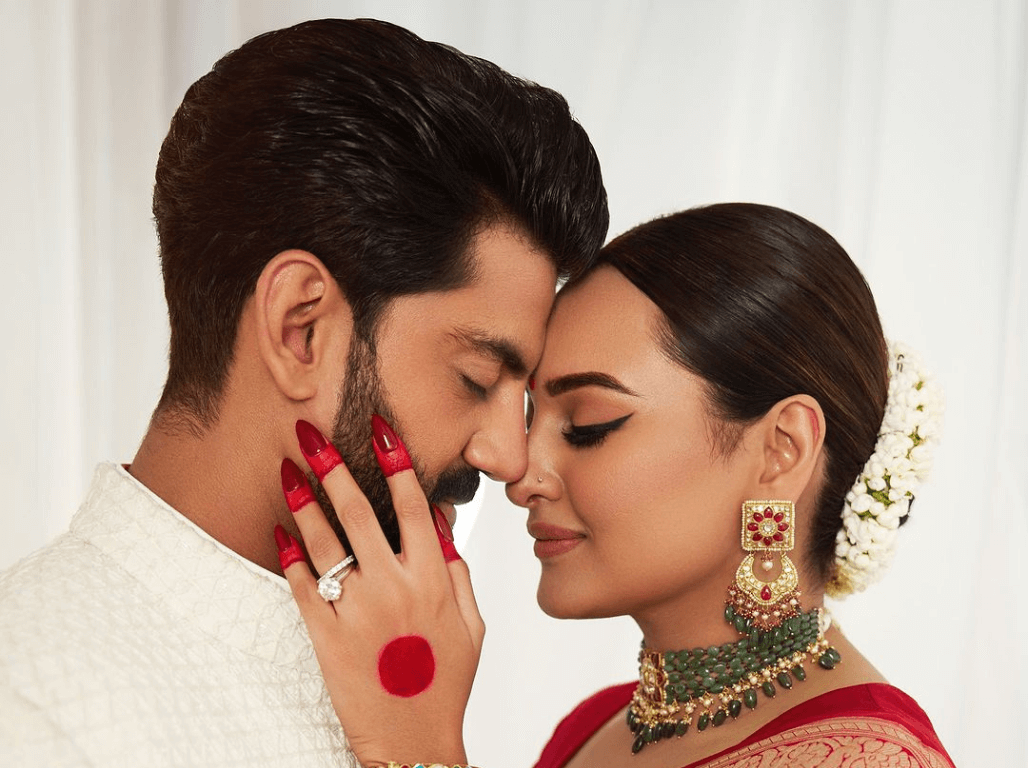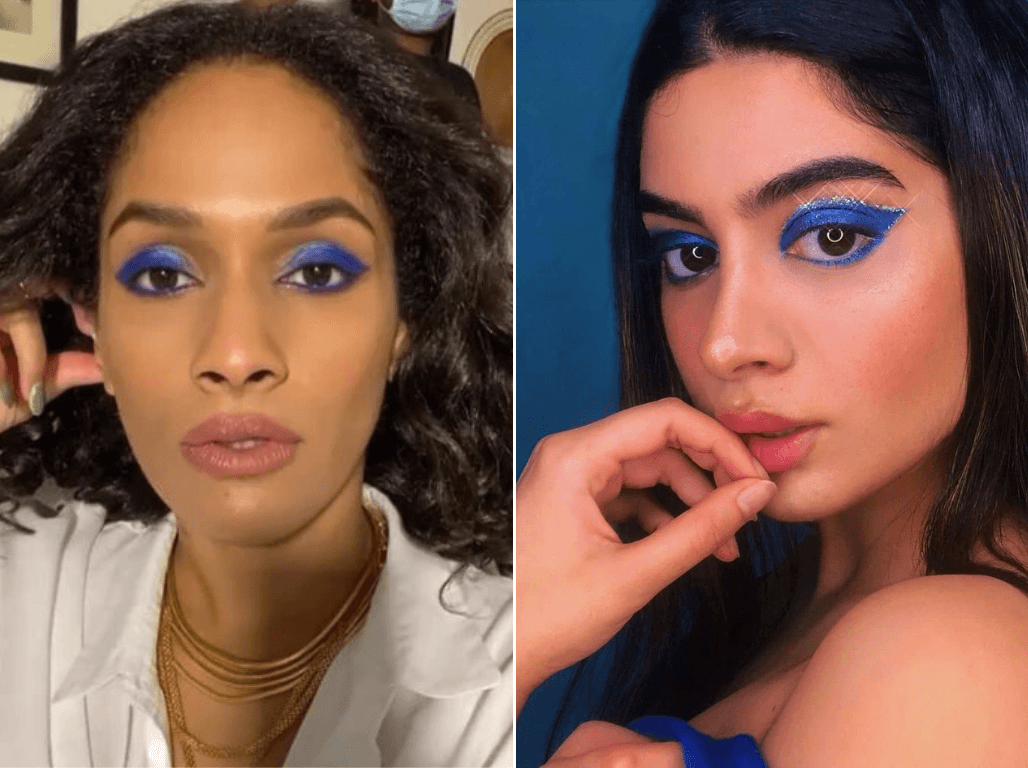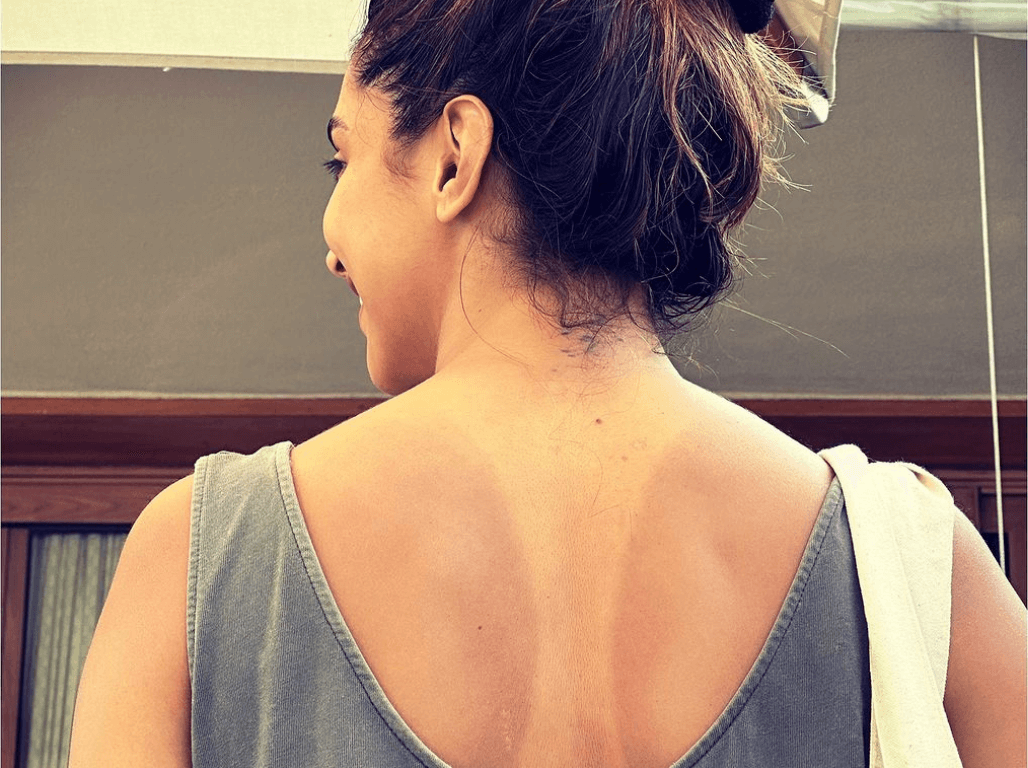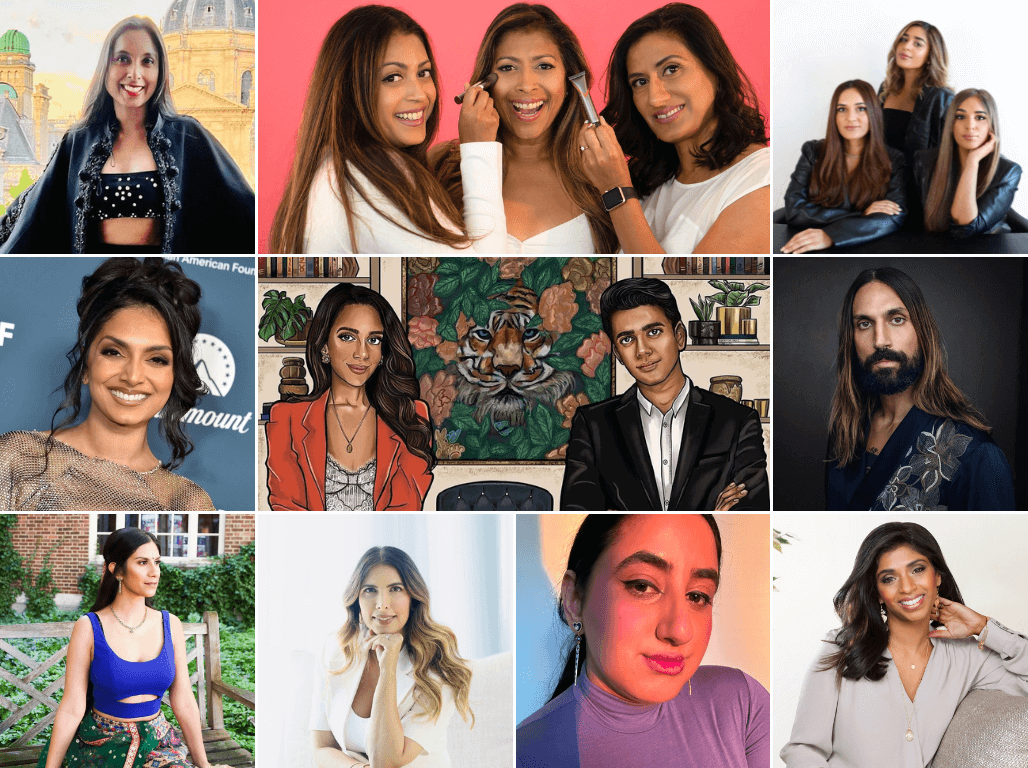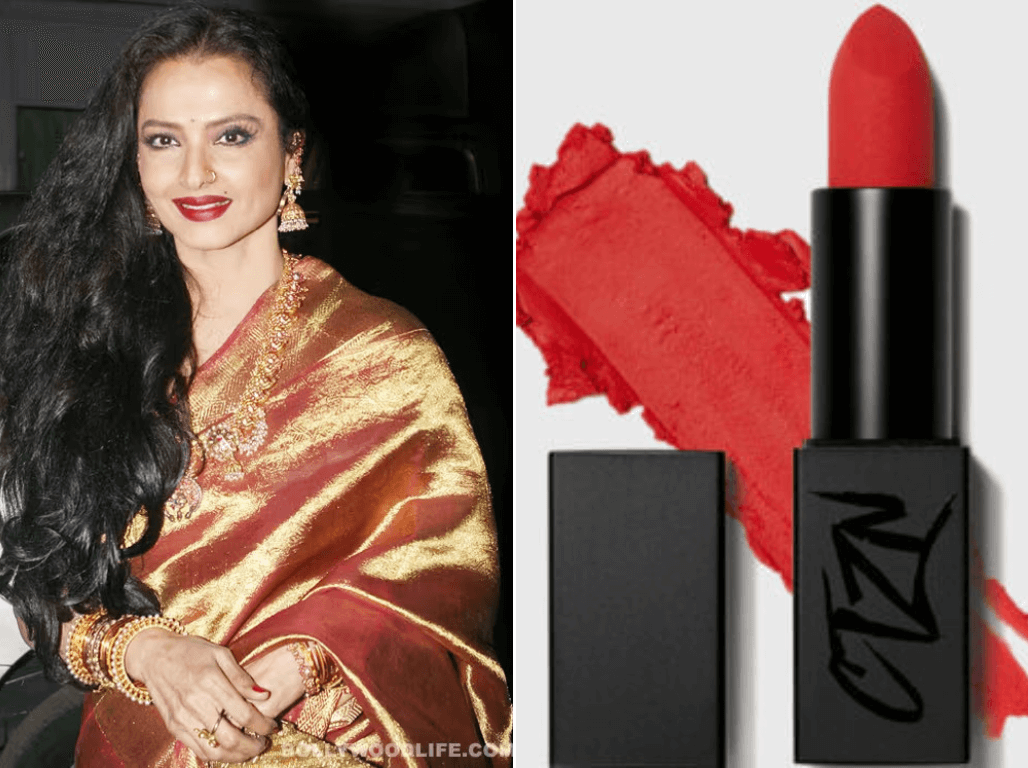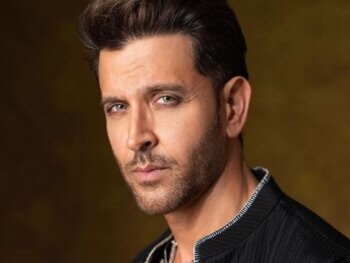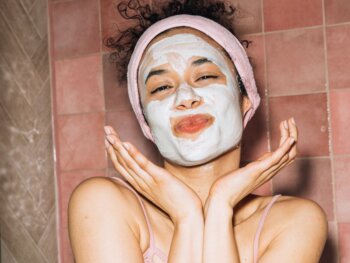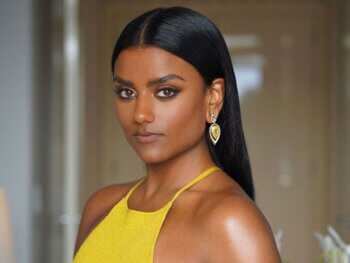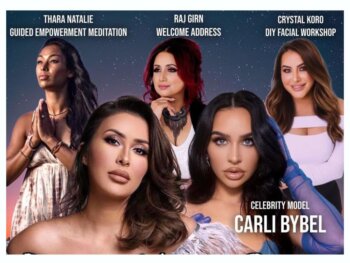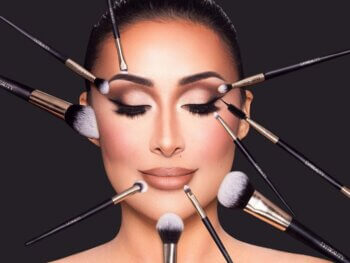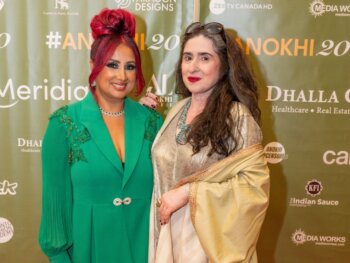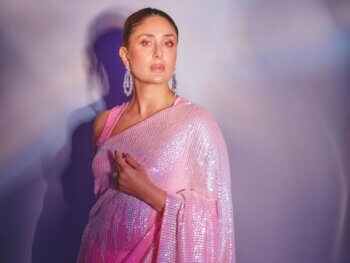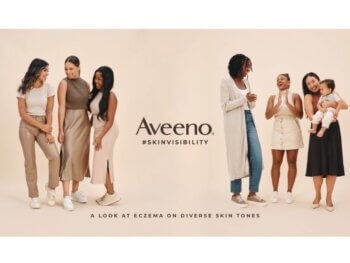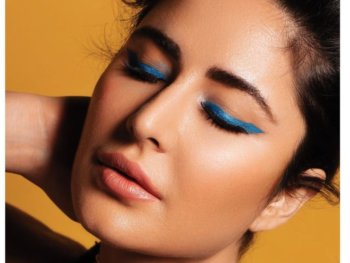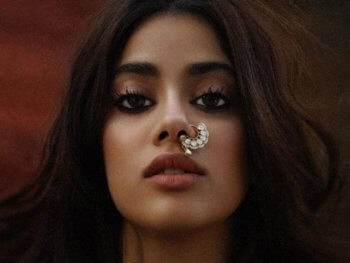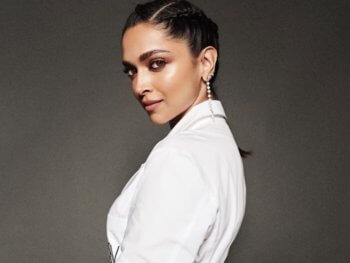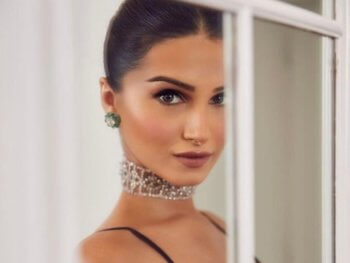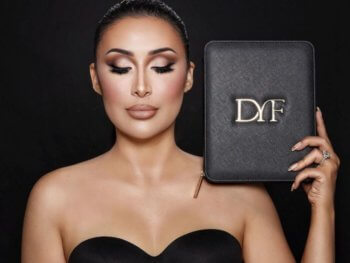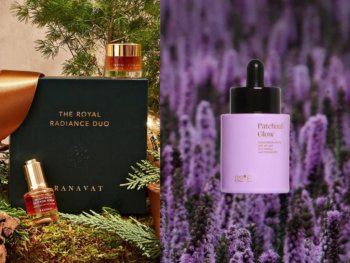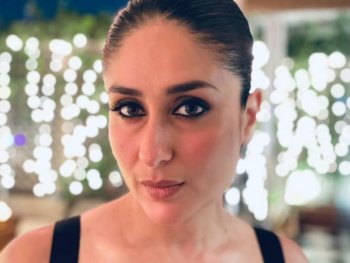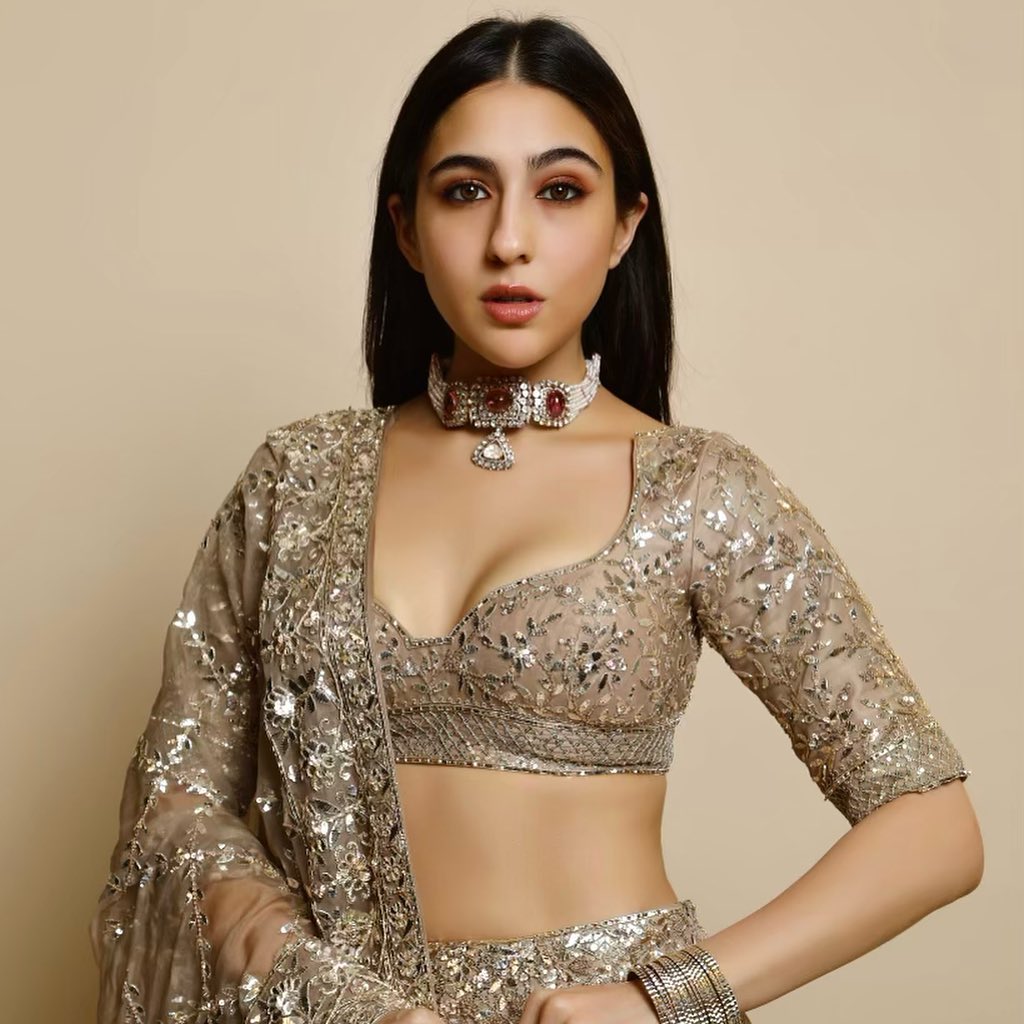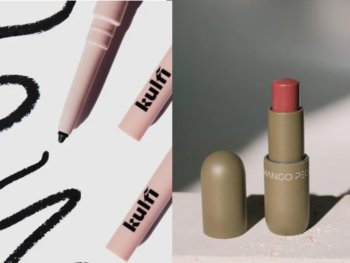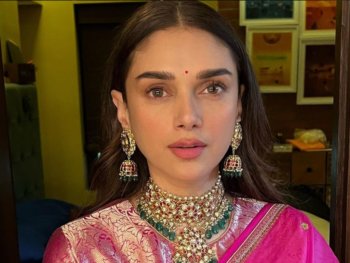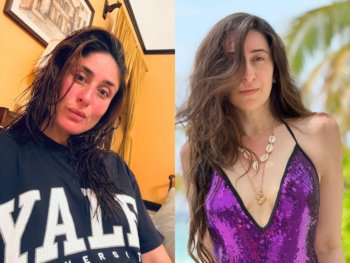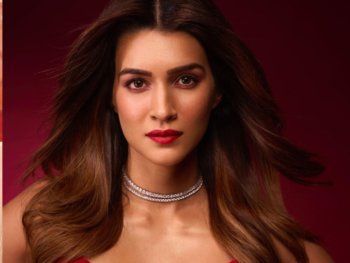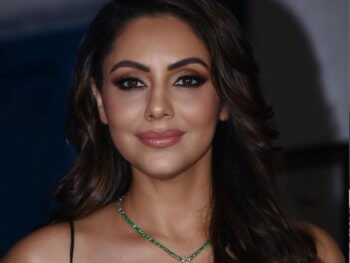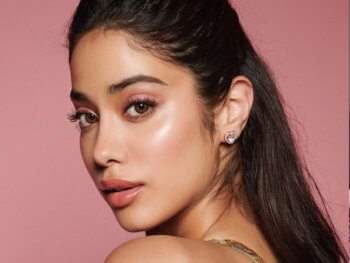We conclude our series celebrating South Asian Heritage Month by taking a look at skin tone. When Bridgerton released their cast for their Season 2, everyone was thrilled to see that a South Asian character, Kate Sharma (played by Simone Ashley), was to be the focus of the show’s main love story. She along with Charithra Chandran (who plays her on-screen sister Edwina Sharma) are wonderful examples of South Asian representation on screen. More importantly we are also seeing diversity in skin tones here, specifically darker hues which are being thrust positively into the spotlight of this global hit series. This new embrace of darker hues by mainstream entertainment, has also magnified the contrast we see in Bollywood, where lighter skin tones are preferred for top billing, (or even a chance at it). We take a closer look at why Bollywood is so behind when it comes to battling shadism.
When it comes to the “representation” seeing ourselves on the screen no matter the size is imperative. However what if certain shades of you are only given that privilege?
When Simone Ashley was announced to lead the storyline of Season 2 of Bridgerton we all were thrilled that it would be a South Asian actress who will be playing a South Asian character. But amidst the general excitement there was another revelation that was percolating underneath and it needed to be recognized.
It was Simone’s skin tone. It’s a single revolutionary moment on so many levels.
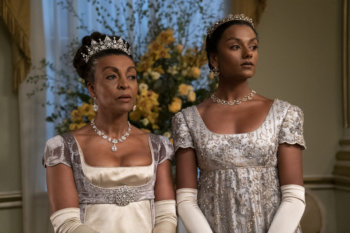
Why Does It Matter?
It matters because this is a sign that mainstream entertainment is moving past the ethnically ambiguous phase, their default mode as way of addressing inclusivity on screen. Being vague ensures that the character’s ethnic identity can not be easily deciphered, making them appealing to a variety of communities at once. Killing two birds with one (ambiguous) stone, really.
Then in 2020 the summer of Black Lives Matter happened (in response to the murder of George Floyd), and the idea of centering BIPOC voices became a global mission. Down with ambiguity, and raise the various communities that actually do make up society, whether it’s here in Canada, the United States or in Europe, and yes, even in South Asian countries.
And that includes showing the various shades of a community. Literally.
So when Shonda Rhimes, the powerhouse who created Grey’s Anatomy, How To Get Away With Murder and Scandal decided to cast Simone Ashley and Charita Chandran (who plays her sister Edwina) it was huuuge. The idea that dark-skinned heroines can carry a globally recognized phenom of a show, almost broke the internets of our minds.
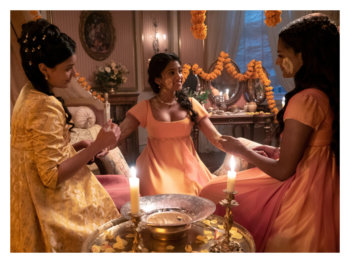
We were thrilled. And as we were getting ready to collectively pat ourselves on the back for being so open minded, while presuming that now it begins the shedding of the generational trauma of white is right, Bollywood came blaring back into our consciousness. “Not so fast” it declared. Because we all have been idolizing another starlet on their big screens.
And that starlet’s name is Shadism.
Bollywood’s Generational Issue With Melanin
As the old adage goes, life imitates art, or vice versa. In this case it’s a vicious cycle. Sure, one can point their finger to Bollywood specifically, for perpetuating such colourism where the lighter the hue the better and more civilized the person. But if we dig deeper, we can’t exactly blame Bollywood because we have to remind ourselves that it’s a business, a business which was valued in 2019 at 180 billion rupees. And that business is green lighting projects with their (fair) stars attached to it because they are simply playing to the market’s demands. And the market (the masses) pays it right back with box office records, making songs viral at weddings, and meme-marked socials.
It is a chicken vs. egg situation when it comes to the prejudicial look when it comes to our community’s preference for a lighter shade of pale. Where did it really begin? One could say it is the biproduct of the British Raj. While others can go even back thousands of years and look at the Aryans and the Dravidians.
Regardless of where it all began, we can not argue with the fact that it’s so engrained in our cultural mindset that it dictates everything we do and how we look at the world. From marriage proposals, to skin lightening filters and lightening creams in real life.
And the latter is a blockbuster business. Bloomberg reported that the global market for skin lightening products will reach a valuation of “over $24 billion USD by the end of 2027.” Multi-nationals who would sell the exact same moisturizer that is geared to hide age spots in North America, is marketed in South Asia to turn your skin a few shades lighter. Why because that’s what the market wants.
And going back to the summer of BLM. Remember when Unilever that owns Fair & Lovely decided to change the name BUT still kept the skin lightening products on the shelf? Why wouldn’t they? The name change was to answer to the backlash they received for perpetuating shadism, but at the end of the day they know that people still buy it so why lose that revenue stream? In North America “sex sells” in South Asia “white is right”.
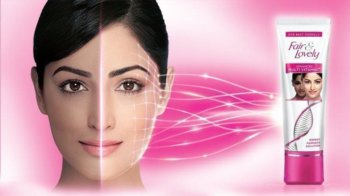
If you take a closer look at the leading actors and actresses, what’s the one thing they have in common: their melanin. The lighter the skin the higher the profile. The darker the skin, the more chances you have of being relegated to the quirky sidekick, villain, or a character actor who rarely has a romantic storyline. Of course there has been exceptions to every rule. Amitabh Bachchan. Rekha. But as the fan base evolved with newer generations entering the film fandom, it was the multi-nationals that picked up where haldi creams left off.
Back To Bridgerton
One thing Bollywood needs to understand is the idea that the audience may not know what they want. Maybe it’s time to tweak their cinematic diet a little bit. Yes, we have had glimpses of forward thinking casting, with notables who have broken barriers and reshaped molds (we bow our heads to you Mr. Irrfan Khan) however as mentioned before, exceptions aren’t the rules. And so the rules need to change.
Cultural speaking, we have a long way to go to completely rid ourselves of the Aryan/Colonial thinking of fair skin tones. But progress only takes place with forward moving steps. And changes from the inside. From the c-suites of the studios, from the bankrollers, from the high profile A-lister. And be like Shonda Rhimes. Remember, she still had to get her project (and casting) approved by Netflix execs for it to happen. And it’s best to assume that she probably had some pushback. But she still went for it. She took that chance. Broke barriers and that’s now Simone and Charithra are being recognized and celebrated.
The fetishization of the fair skinned needs to stop, and the idea of representing true diversity needs to happen.
In the meantime, we still have Bridgerton, and let’s see if Bollywood would step out the dark ages and into the right light.
We go deeper with my chat with Raj Girn on The ANOKHI UNCENSORED Show. Check it out here!
Main Image Photo Credit: www.netflix.com
Hina P. Ansari
Author
Hina P. Ansari is a graduate from The University of Western Ontario (London, Ontario). Since then she has carved a successful career in Canada's national fashion-publishing world as the Entertainment/Photo Editor at FLARE Magazine, Canada's national fashion magazine. She was the first South Asian in...


















































